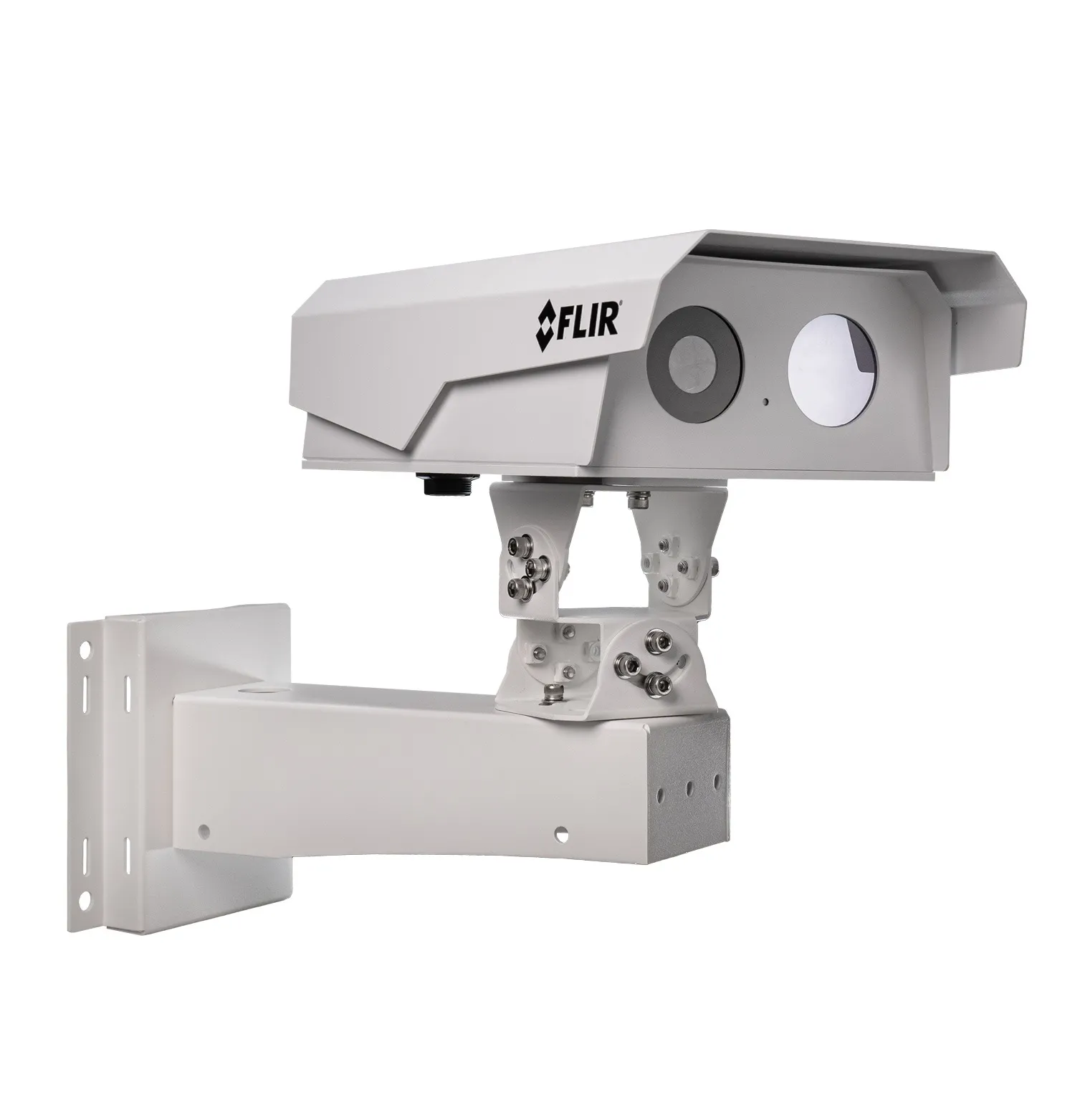
Indra has chosen Q-Free’s Intrada Synergy Server to process licence plate-based video toll transactions on a contract in North Carolina, US.
Indra is the toll system integrator of the I-485 Express Lane Roadside Toll Collection System (RTCS) project by the North Carolina Turnpike Authority (NCTA), which aims to improve travel time reliability and traffic flow in the Charlotte area.
It is part of a strategic initiative by North Carolina Department of Transportation (NCDoT) and NCTA to develop an interconnected express lane network within critical transportation corridors.
Located along the Charlotte southern outer and inner loop between I-77 and US74, this segment of I-485 is regularly congested, with between 72,400 and 118,400 vehicles per day.
Indra is employing technologies including 3D Lidar and artificial intelligence to make the system work; Intrada Synergy Server uses advanced image-to-data conversion technologies and AI, and can process a diverse range of US licence plate styles.
"We are committed to delivering tangible benefits to toll agencies and road users alike," says Marco Sinnema, Q-Free VP of image review solutions. “By leveraging Q-Free's innovative technology, we aim to enhance operational efficiency, minimise revenue loss and ultimately improve the commuting experience for residents and visitors in the Charlotte area."








